Our ancestors ate a varied diet that aligned with the season 800,000 years ago. This, according to a new study of the remains of Homo erectus found in Israel.
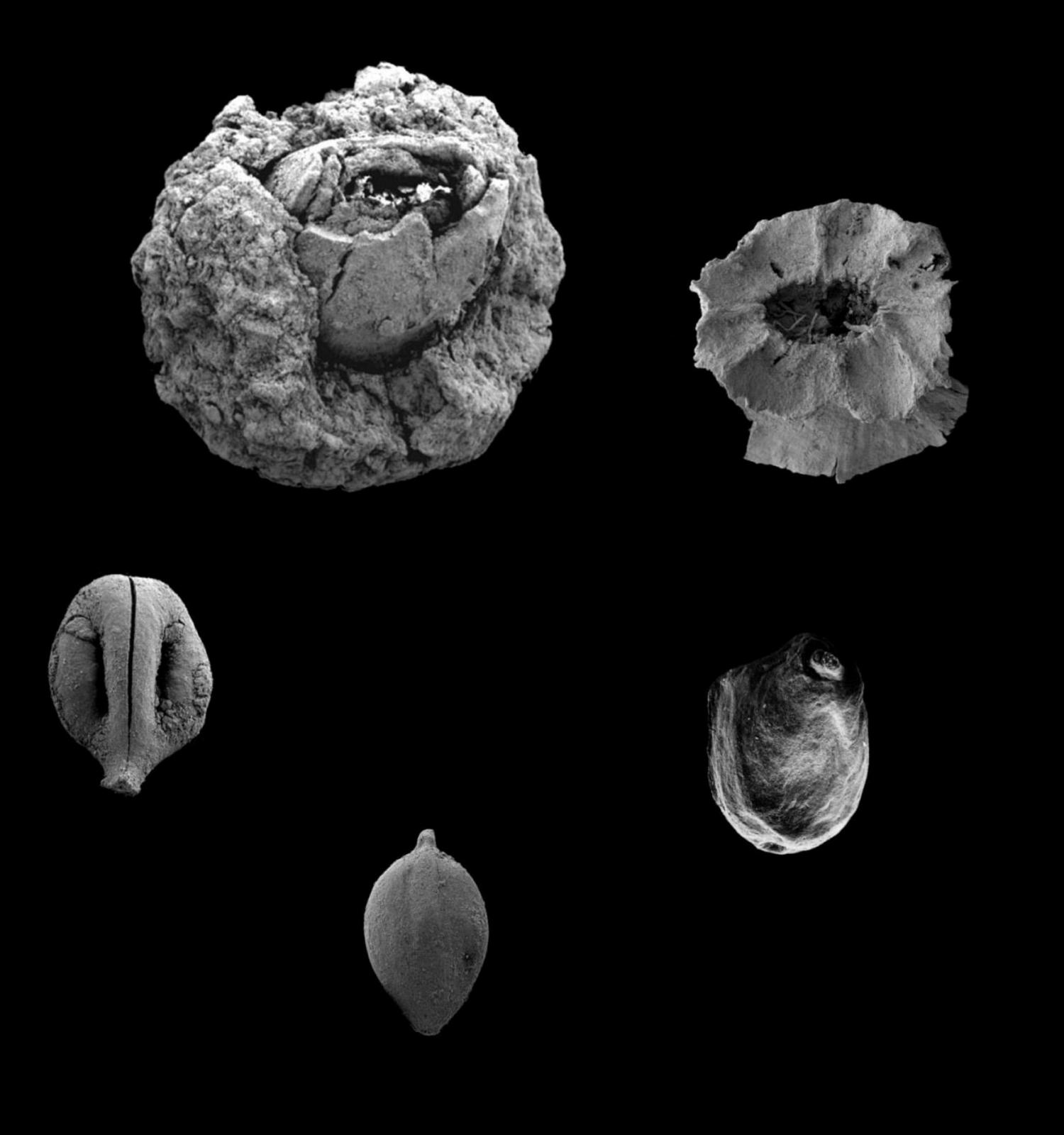
The study shows that these people were behaviorally flexible and adaptable.
It paints a clearer picture of the ancient peoples that lived back then and their understanding of how to conserve foods and adapt their diet with the seasons.
They knew what they could and could not eat at different times of the year. They took future opportunities into account to secure future dietary needs.
The humanoids that lived at this Israeli site called ‘Gesher Benot Ya’aqov’ some 780,000 years ago was some form of Homo erectus.
This hominin is known to having consumed meat and fish, but now researchers can show that they also ate lots of different plants.
The menu consisted of nuts, seeds, various types of root vegetables and other vegetables. The researchers have excavated material that shows no less than 55 different varieties of vegetables, which would have been collected at different seasons during the year.
Yoel Melamed and Naama Goren-Inbar at Bar-Ilan University in Ramat Gan, Israel, and their colleagues have cataloged all the plant remains. “The modern human diet is clearly restricted when compared to the [early] hominin diet or even to the early farmers’ diet,” says Goren-Inbar.
They have found evidence of the consumption of the starchy white seeds of Euryale Ferox, a type of water lily which probably grew in clumps, thistle seeds, bulrushes, and acorns. Water chestnuts were also gathered as well as olives. They certainly also ate meat and fish when able.
According to the study abstract:
This diverse assemblage, 780,000 y old, reflects a varied plant diet, staple plant foods, environmental knowledge, seasonality, and the use of fire in food processing. It provides insight into the wide spectrum of the diet of mid-Pleistocene hominins, enhancing our understanding of their adaptation from the perspective of subsistence.
The varied diet of Homo erectus isn’t really surprising; early humans were hunter-gatherers and probably ate whatever they could find throughout the year. But taken together, these new findings indicates that Homo erectus had some staple foods and were able to plan ahead to make use of other sources of food at times of lower availability of those same staple foods.
Reference:
Melamed et al, The Plant component of an Acheulian diet at Gesher Benot Ya’aqov, Israel, PNAS Early Edition, www.pnas.org doi: 10.1073 / pnas.1607872113



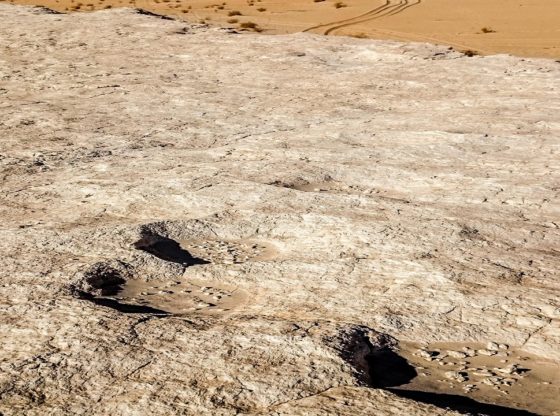
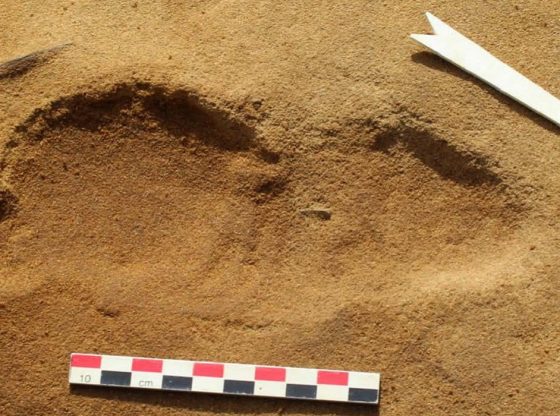
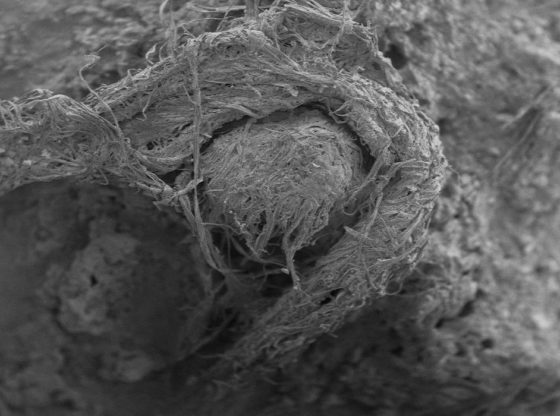
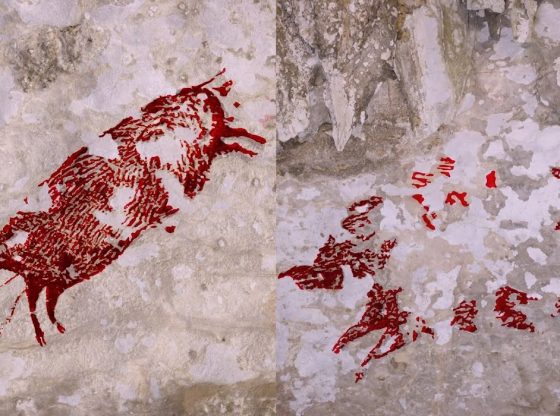
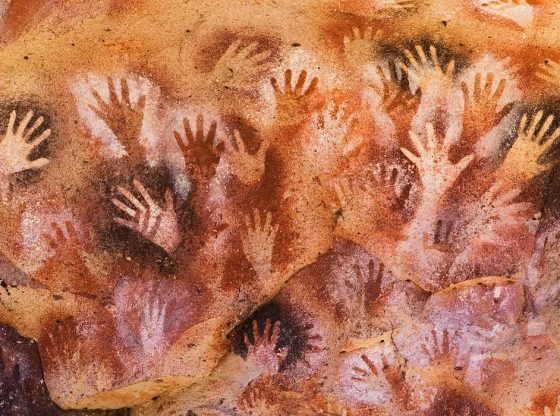
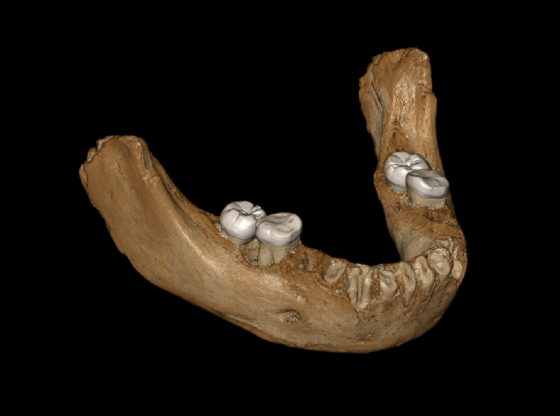
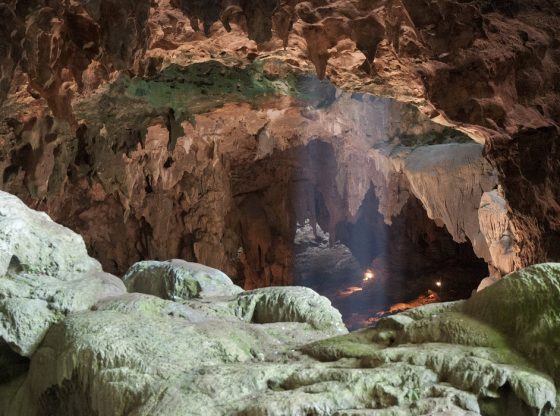
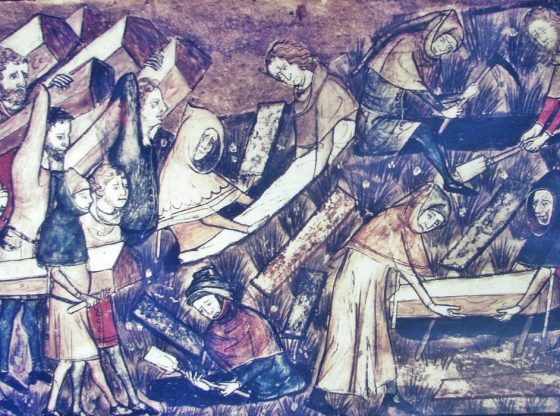
![OpenAI. (2025). ChatGPT [Large language model]. https://chatgpt.com](https://www.illustratedcuriosity.com/files/media/55136/b1b0b614-5b72-486c-901d-ff244549d67a-350x260.webp)
![OpenAI. (2025). ChatGPT [Large language model]. https://chatgpt.com](https://www.illustratedcuriosity.com/files/media/55124/79bc18fa-f616-4951-856f-cc724ad5d497-350x260.webp)
![OpenAI. (2025). ChatGPT [Large language model]. https://chatgpt.com](https://www.illustratedcuriosity.com/files/media/55099/2638a982-b4de-4913-8a1c-1479df352bf3-350x260.webp)








